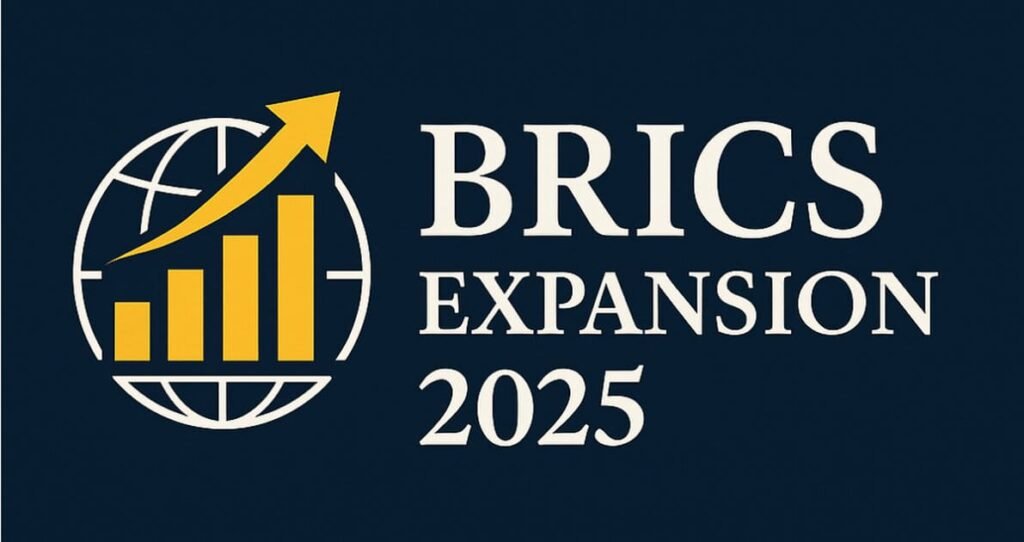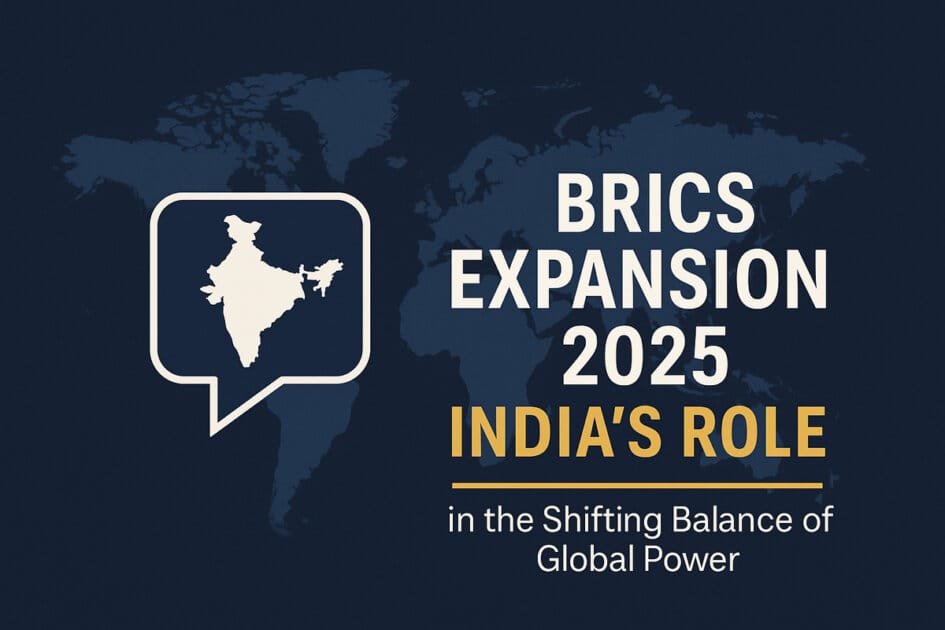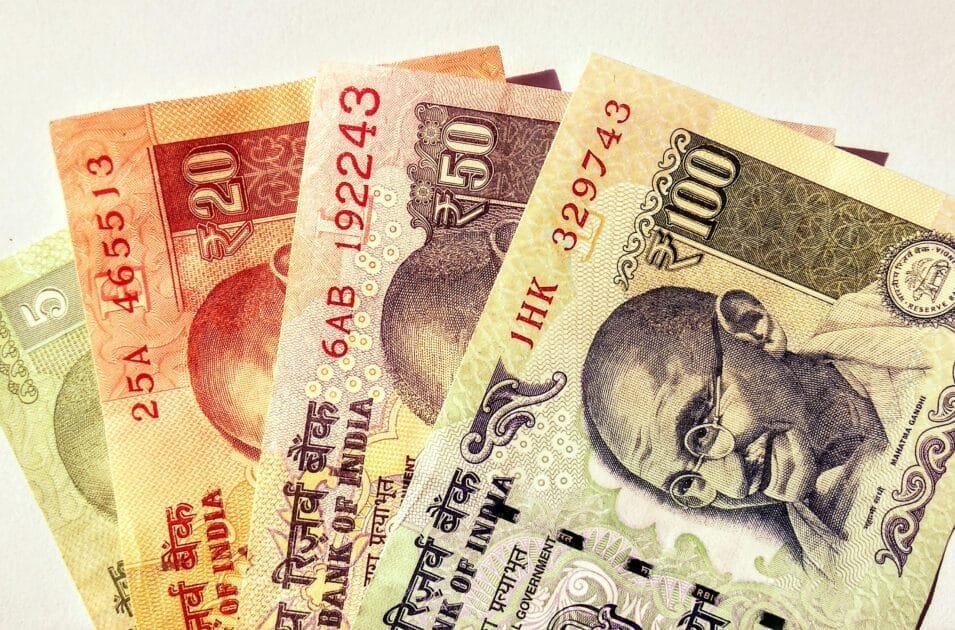BRICS Expansion 2025 marks a pivotal moment in reshaping global alliances, and India’s role in this transformation is both strategic and symbolic. The BRICS alliance (Brazil, Russia, India, China, South Africa) took a historic leap this year by executing its most ambitious expansion. At the 17th BRICS Summit held in Rio de Janeiro in July, the group formalized the induction of five new nations: Egypt, Ethiopia, Iran, Saudi Arabia, and the United Arab Emirates (UAE). With this expansion, BRICS now represents over 45% of the global population and nearly 36% of the world GDP.
India, a founding member and a diplomatic bridge between East and West, finds itself at the center of this transformation. BRICS Expansion and India’s Role are at the heart of global realignment in 2025. The BRICS alliance (Brazil, Russia, India, China, South Africa) took a historic leap this year by executing its most ambitious expansion. At the 17th BRICS Summit held in Rio de Janeiro in July, the group formalized the induction of five new nations: Egypt, Ethiopia, Iran, Saudi Arabia, and the United Arab Emirates (UAE). With this expansion, BRICS now represents over 45% of the global population and nearly 36% of the world GDP.
India, a founding member and a diplomatic bridge between East and West, finds itself at the center of this transformation.
Table of Contents
What is BRICS Expansion 2025 and Why It Was Formed
BRICS was established in 2009 as an economic bloc aiming to challenge the Western-dominated financial order and foster South-South cooperation. The grouping emerged as a counterbalance to institutions like the IMF and World Bank, allowing emerging economies to pursue development on their terms.
Since its inception, BRICS has stood for multipolarity, equitable growth, and regional influence. In 2025, this vision expanded not just geographically but ideologically.
The 2025 BRICS Summit in Rio: Key Highlights
Read the official press release from India’s Ministry of External Affairs on the 17th BRICS Summit
Held on July 6–7, 2025, in Rio de Janeiro, Brazil, the 17th BRICS Summit brought together leaders of 10 member states under the theme: “Unity in Diversity: Shaping a Shared Future.”
Key Outcomes:
- New Development Bank (NDB) to issue bonds in local currencies
- India and Brazil sign trade roadmap to triple trade volume by 2027
- Joint BRICS AI and Climate Taskforce launched
- Common currency discussion postponed but kept alive
- Modi’s strong pitch for inclusive digital governance
BRICS Expansion 2025: The New Members and the Expanded Bloc
The 2025 expansion introduced new power dynamics:
- Egypt and Ethiopia bring African representation with access to Red Sea trade routes
- Iran and Saudi Arabia mark a strategic leap into energy security
- UAE adds economic heft and logistics power to the bloc
Though Argentina was initially invited in 2023, the country opted out in 2024 due to domestic policy shifts.
This expansion is a calculated move to make BRICS a credible counterweight to G7.India’s Strategic Role Amid Expansion
India emerges as a diplomatic stabilizer in the bloc:
- India is seen as a neutral force amid US-China tensions
- As a democratic member, India offers legitimacy and balance
- PM Modi advocated for equitable decision-making structures
- India’s foreign minister led discussions on cybersecurity, terror funding, and reform of multilateral institutions
India is also the top candidate to host the BRICS summit in 2026, signaling trust in its leadership.
Geopolitical Tensions: US-China vs India’s Balancing Act
See Times of India coverage on Trump’s BRICS import tariff warning
As BRICS grows, global scrutiny intensifies. The US views BRICS with suspicion, especially after Donald Trump’s July 2025 statement threatening a 10% import tariff on BRICS countries.
China and Russia favor a stronger anti-West narrative, while India balances it with developmental diplomacy and neutral economic policy. This makes India the “moderator” within BRICS.
Trade Diplomacy: India and Brazil’s Growing Partnership
Reuters: Brazil aims to triple trade flows with India
Brazil and India, the two democratic powerhouses within BRICS, are building a deep economic and strategic partnership:
- Bilateral trade expected to cross $30 billion by 2027
- India to co-develop aviation technology with Embraer
- Agriculture, fintech, and AI innovation zones under discussion
Their cooperation provides a democratic alternative to China-Russia’s dominance.
Global South and India’s Moral Diplomacy
India positioned itself as the voice of the Global South. In Rio, PM Modi emphasized:
- Global digital inclusion
- Climate justice for vulnerable nations
- Reform in global lending institutions
India’s model combines economic rise with values-based diplomacy — a rare combination in global politics today.
BRICS Expansion 2025: Challenges Ahead for BRICS and India
Despite its momentum, BRICS faces hurdles:
- Internal differences: China-India border tensions remain unresolved
- Institutional weaknesses: NDB needs better transparency
- Decision-making gridlocks
For India, the dual membership in BRICS and QUAD demands strategic maneuvering without alienating either side.

BRICS Expansion 2025 and India’s Place in a New World Order
BRICS Expansion 2025 marks the birth of BRICS+, a wider alliance with the potential to reshape global economics and governance.
India is not just a participant but a potential anchor of this evolving order. Through diplomacy, digital innovation, and democratic values, India is navigating its way through a complex geopolitical chessboard.
The world is watching. And in this shifting balance, India’s choices could determine the future of multipolarity.
Powerful Surge: Indian Stock Market Today – Nifty & Sensex Climb 215+ Points Amid US Trade Uncertainty
Breakthrough Startup Surge in India: RBI’s Bold Cybersecurity Overhaul Defines 2025
Sardaar Ji 3 Controversy: Shocking Cross-Border Casting Ignites Bollywood Firestorm
Wimbledon 2025 Scandal: Shocking AI Line Call That Changed the Match Forever



